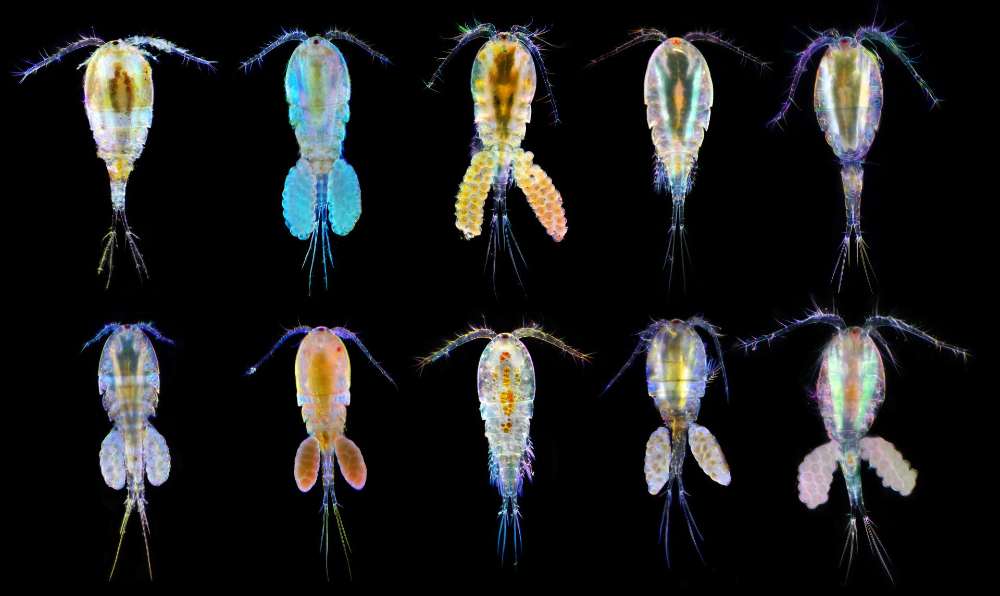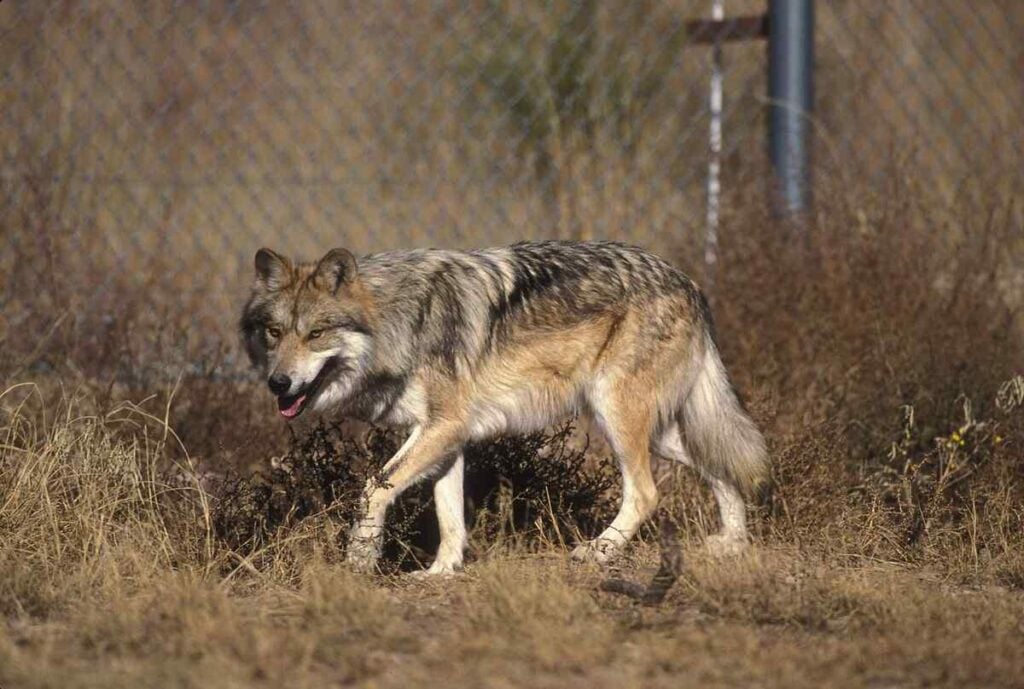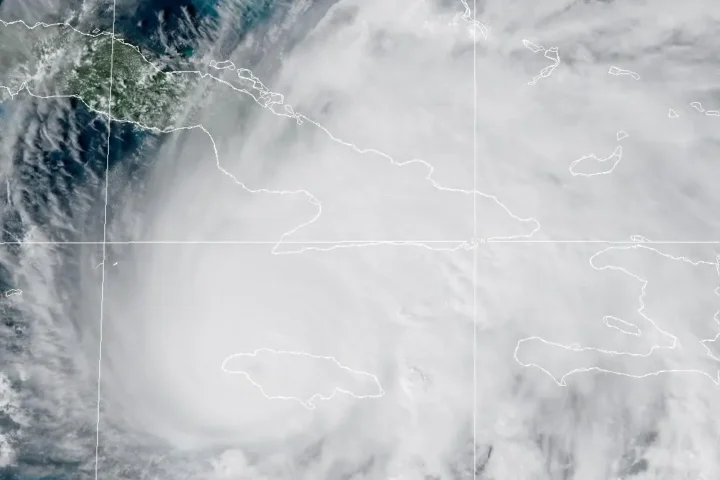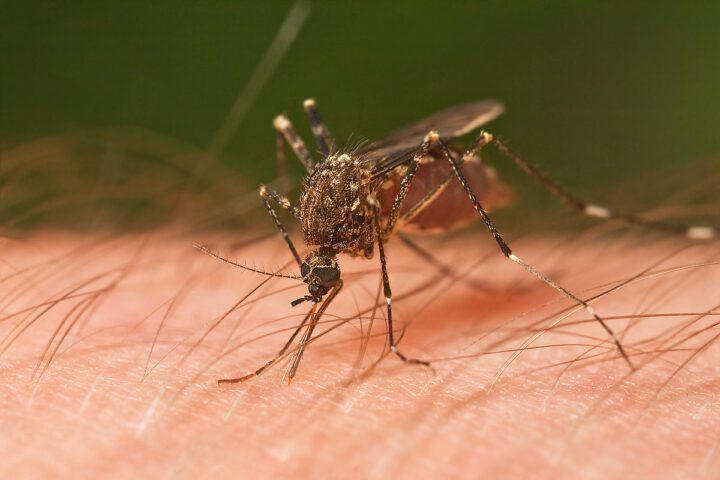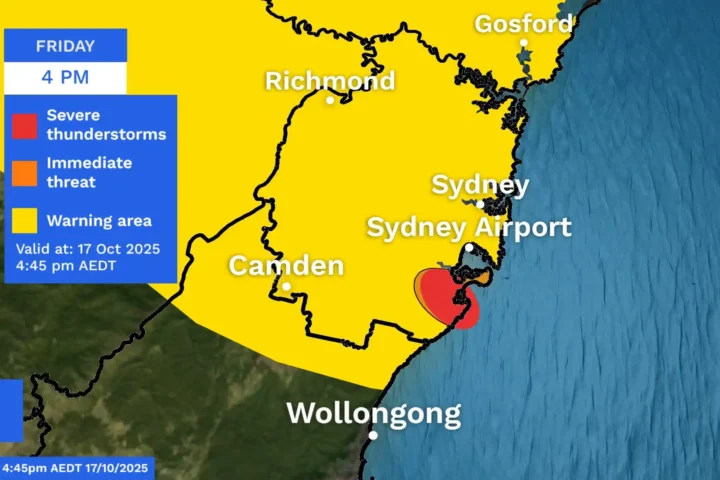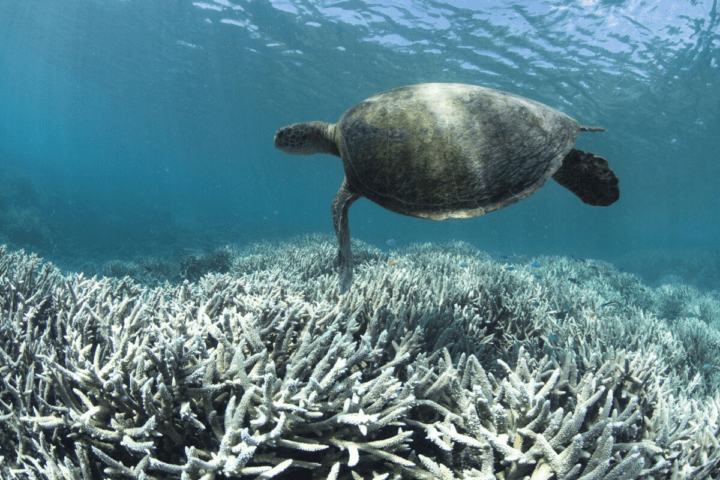Marine copepods, microscopic crustaceans critical to ocean food webs, have revealed remarkable resilience to climate change through a groundbreaking study published in the Proceedings of the National Academy of Sciences.
Scientists tracked these tiny ocean creatures across 25 generations to understand how they adapt to warming waters and increasing acidity. What they discovered offers a glimmer of hope in climate science: copepods use not one but two distinct biological mechanisms to survive changing conditions.
“This is a story of molecular hope in the face of a rapidly changing planet,” said Melissa Pespeni, associate professor of biology at the University of Vermont and senior author of the study. “We found that evolution is not working from one toolbox, but two—and they’re complementary.”
The research team placed populations of Acartia tonsa copepods in laboratory environments simulating future ocean conditions—some warmer, some more acidic, and some with both stressors combined. Over approximately one year, these fast-reproducing animals completed 25 generations.
Using advanced genetic analysis techniques, researchers tracked changes at multiple biological levels. They monitored the copepods’ reproduction rates, heat tolerance, development speed, and survival. More importantly, they mapped changes in the animals’ genome (permanent genetic adaptations), epigenome (chemical markers affecting gene activity), and transcriptome (which genes were active or inactive).
The study revealed something unexpected: genetic and epigenetic changes occurred in different parts of the genome. This means the two adaptive mechanisms work independently rather than one simply following the other.
“That’s really powerful,” Pespeni explained. “It shows that the epigenetic variation was not just dragged along with the genetic variation. These are independent mechanisms that the organism is using to cope.”
Epigenetic changes—which can occur within a single animal’s lifetime—were particularly concentrated in stress-response genes. Unlike genetic adaptations that require new mutations, epigenetic changes work like biological switches, turning genes on or off quickly without changing the underlying DNA.
This dual-track adaptation strategy could explain why these organisms might be more resilient than previously thought. It also offers new insights into how marine life might respond to rapid climate change.
The implications extend far beyond these microscopic creatures. Copepods form the foundation of marine food webs. They feed fish populations that humans rely on for food, and they play a crucial role in cycling carbon and nutrients through ocean systems.
Similar Posts
“Without copepods, you don’t have fish, you don’t have whales, you don’t have the ocean system we know,” said Pespeni. “And they are arguably the most abundant animal on Earth.”
The study suggests that when facing environmental stress—like a sudden heat wave—these dual adaptation mechanisms might buy copepods crucial time. This temporary resilience could preserve genetic diversity in their populations, allowing for more permanent adaptations to develop later.
While the research doesn’t diminish the serious threats posed by climate change, it does reveal previously unknown biological tools that some marine species might use to cope with changing conditions.
The findings represent a significant expansion in how scientists understand evolution. While not overturning Darwin’s theories, the research adds important nuance by highlighting epigenetics as a complementary survival mechanism—one that might help bridge the gap when genetic adaptation alone would be too slow.
For marine ecosystems facing unprecedented rates of change, this two-pronged approach to adaptation might provide a buffer, potentially helping maintain biodiversity and ecosystem function as oceans continue to warm and acidify.
